Structural change is much more than on-paper planning. When the strategy has been set, changes to the wider organisation design then need to be agreed, and a tactical operation planned. Making this come to life requires engaging people in the organisation, developing the processes and new ways of working that will ensure the change is effective, and then putting any new structures into place.
HR leaders and their teams are often brought into the change programme too late or for the wrong purpose. We believe it is essential that HR leaders have the skills and confidence to be part of the wider strategic organisation design conversation: increasing their ability to influence the process, helping them take greater ownership of the change and enabling them to deliver better outcomes.
Why HR matters
Often, the approach identifies that HR is important, but the focus is primarily on ensuring an organisation meets its legal requirements and handling the softer areas of change. Of course, that is a significant part of the function, but HR should exist as a vital part of a successful change leadership. Where HR is just thrown a ‘to-do’ list without knowing the background or having been involved in any planning, it’s unlikely to be able to perform at its best.
HR leaders are intelligent, motivated and have an on-the-ground perspective that can be an extremely useful input into the strategic design of a structural change process. We’ve found that organisations that value this experience and include HR as part of a senior decision-making team, and even at Leadership Team level, are able to design better operations and deliver them with greater success. Bringing HR into high-level decision making creates a powerful frontline and can differentiate your organisation from the competition.
Some typical ‘change’ scenarios
Here are some scenarios where failing to include HR earlier in the change process can cause issues in your organisation:
Scenario 1 – HR often sits within a broader corporate services team and usually, it’s the CEO and Board that leads on defining the strategy and intent of the organisation in isolation before a full change programme is agreed. HR has not been a main contributor, or even asked for thoughts on specific elements or the impact on the people agenda, but are expected to roll out the change across the organisation. HR’s input in these situations can now only be tactical at best.
Scenario 2 – HR is seen either as a barrier or is not respected, and so each part of the organisation starts to deliver a restructure in a piecemeal fashion. The organisation lacks the ability to join these into a cohesive approach, so people are often confused, timelines are mismanaged, and the strategy isn’t delivered as successfully as it could be. Whilst the HR Team need to accept some ownership of the problem, in this situation those closest to the niggling cultural and capability issues are sidelined from the process.
Scenario 3 – Processes that are critical to the HR function such as business planning, change or quality management are actually owned elsewhere in the organisation. Unless there is a mature relationship between these parts of the organisation, there can become a disconnect between the parts of the business driving the new strategy, and the work HR is already doing within its own control. This leads to mixed messages and confusion within the workforce.
Scenario 4 – Here, there isn’t even a structured approach to implementing the strategy. Instead, individual directors discuss with the CEO or other senior leaders the changes they want to make first. This conversation is taken as ‘approval’ of the new approach. When this happens regularly, there is no structural organisation design, no clear strategy and areas of the business end up working in silos with no overall strategic plan.
HR should be driving organisation success in this area
Often, organisation design elements are managed in isolation. This results in a mismatch of strategic intent, a lack of clarity for employees and additional costs driven by poor efficiency and process.
So, CEOs need to commit to looking at joining up organisation design approaches – taking on board the benefits of an overarching strategic view that can then be properly and logically translated into the way the organisation works on a day-to-day basis. It may take time, but it delivers considerable – and measurable – benefits in the long term. This is where HR needs to have a voice and coordinating role.
When you evaluate the most effective frameworks for organisation design – including Galbraith, McKinsey, and Burke Letwin, the common element is ensuring that the hard and soft elements of design are looked at holistically – this requires a collaborative approach where key elements of the organisation are involved in the process.
The HR function is responsible for culture, behaviour, processes, and mindset. So, it seems obvious that if structural change is to be delivered successfully, the team most connected to the people must be involved – and indeed at the centre of early strategic discissions.
For example, in Galbraith’s Star Model framework, one of the five key points is ‘Rewards’. Galbraith says that: “…rewards and reward systems influence the motivation of people to perform and address organizational goals.” This is fundamental to driving cultural change and alignment. Clearly, this should sit within the HR function, and so HR must at least be involved in the design of the rewards process – and needs to be linked into the conversations about the organisation’s wider goals and KPIs.
How can we help?
We’ve worked with a range of complex organisations, helping them to work collaboratively to achieve successful structural change.
We help to upskill teams, giving them a clear understanding of the tools and approaches needed to achieve a ‘one organisation’ approach to organisation design. We also help to ensure that the ‘people’ element of your strategy is considered at the highest level and informs decision making throughout.
This puts HR – and all other parts of the organisation – in the strongest possible position to deliver change to an engaged workforce and with measurable success. Contact us to see how we can work in partnership.
(Image by senivpetro on Freepik)

